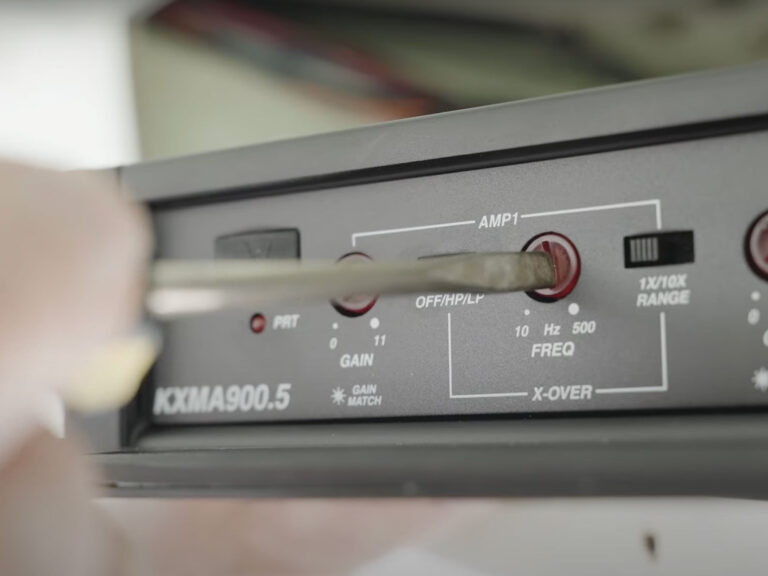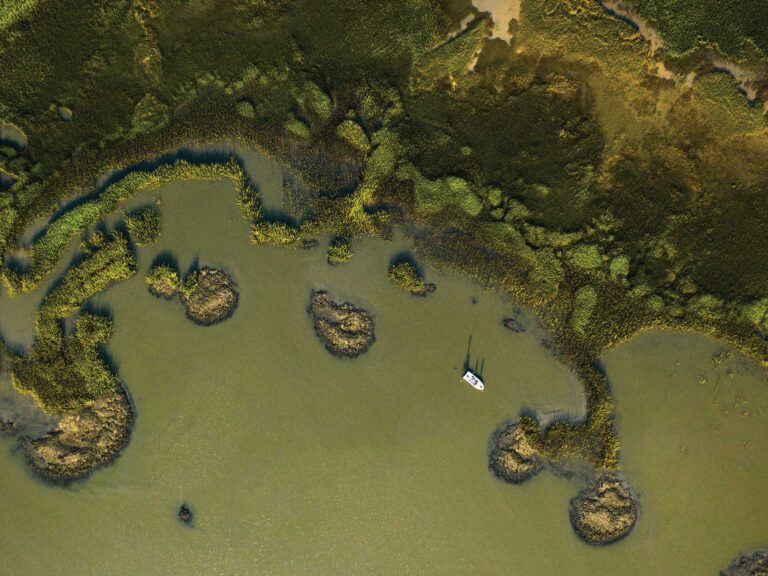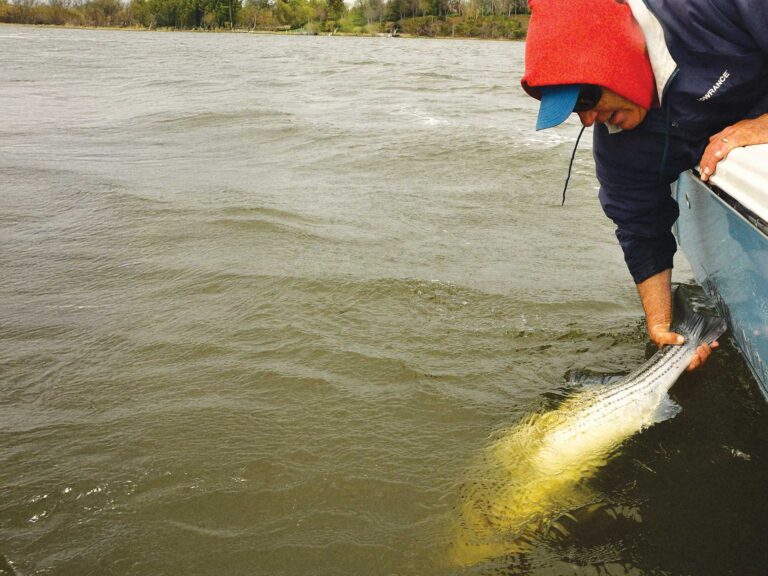High-tech gelspun polyethylene fishing lines have taken on increasing significance in saltwater fishing in recent years, so an examination of this trend seems relevant. Whether they chose braid made from Spectra or Dyneema, virtually every guide I’ve fished with recently here in South Florida has converted to braid on his or her boat, for both fishing-related and monetary reasons.
On the money side, braid costs more initially, but it lasts almost forever, so unless you get spooled by a huge fish, you rarely need to re-spool. On the fishing side, braid casts easier, has virtually zero stretch (so you feel every tap on the bait or lure) and offers sure hook-sets.
Monofilament, whether nylon or fluorocarbon, degrades in sunlight and salt water and ages rapidly in general. It stretches and suffers nicks and scuffs, and things like barracudas, mackerels and bluefish slice through it like a hot knife through butter. But it still offers advantages. These include easier knot tying, lower cost and less visibility to fish in clear water.
Many folks prefer braid because it casts better. The first time most people throw a casting rod spooled with braided line, they cast about 40 feet farther than they intended because of the slippery nature of the line. This has led to many a lost lure when they’ve flown far into the upper reaches of an impenetrable mangrove thicket or shoreline tree, far from the water’s edge where the cast was intended to terminate. On the downside, you can also create some truly spectacular wind knots when you cast a rod loaded with braid too hard – at least I can.
Knots are a little more complicated with braid; sometimes you need to take a few extra wraps to finish a particular knot, and in line-to-leader connections, you need to exercise particular care. I’ve never had good luck with an Albright knot, for example, when connecting braid to a mono leader. Jam knots like the back-to-back uni-knots work better for me. But you eventually work these problems out, and braid works great for many fishermen.
However, the proliferation of braid has changed the nature of light-tackle line-class fishing. On many of the guides’ boats I fish on, all of the rods come spooled with 20- or 30-pound braid, from light spinning rods designed for 6- or 8-pound-test to larger casting tackle. It just seems weird to me to fish a light spinning outfit spooled with 30-pound. The advantages are obvious: You can fish a lighter drag but have that extra power available in case the fish makes a run for structure; it casts easier; and 30-pound braid has a diameter not much different than 8-pound monofilament, so why not?
The answer comes when you want to fish a specific line class for a contest, or just for fun. The now-defunct Miami Beach Rod and Reel Club and the equally dead Metropolitan South Florida Fishing Tournament spawned many champion anglers over the decades, men and women who learned how to fight and beat big fish on very light line, with tackle to match. You couldn’t win most of their prestigious awards unless you developed those skills. The International Game Fish Association record book is crammed full of such extraordinary catches.
Of course, you could always fish very light braid and accomplish the same thing, but it’s hard to find braid lighter than 10-pound, and tying knots in it can be challenging. I don’t mean to argue against braid; I love it. For besting extremely large fish on casting tackle or for styles of fishing like vertical jigging, mono isn’t even in the same league.
I just hope we don’t fall into the habit of using lines far larger than necessary simply for the sake of expediency and to avoid the chore and expense of re-spooling. Monofilament is far from dead, as I’m sure those of you who still enjoy catching big fish on light line will agree.









